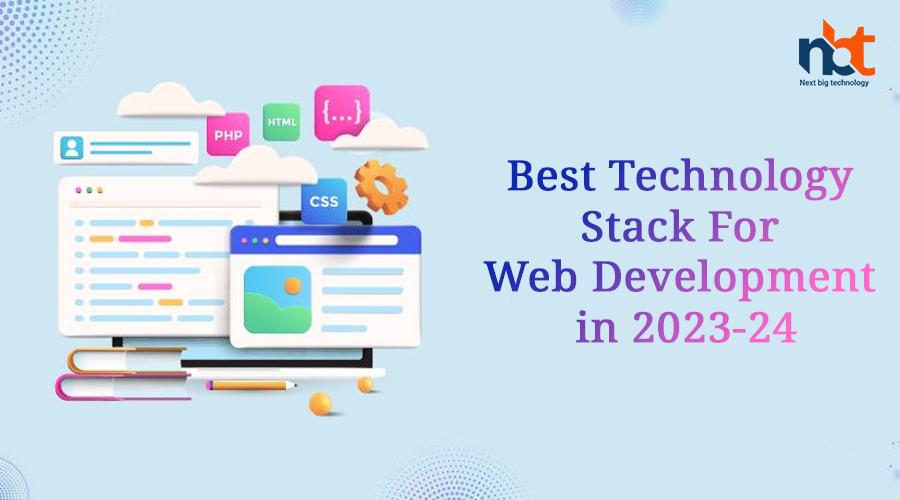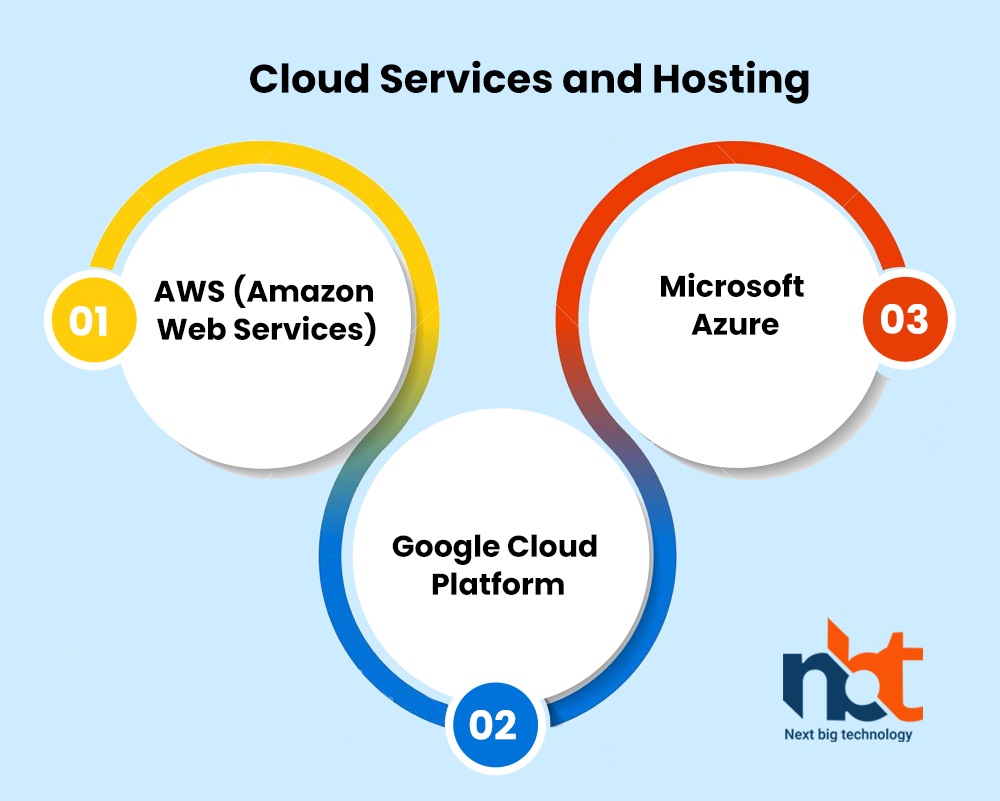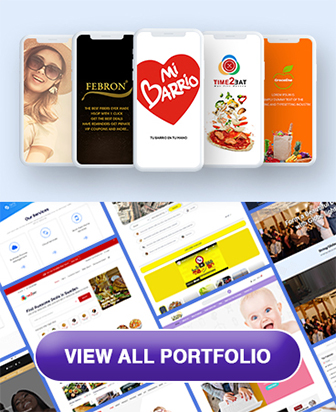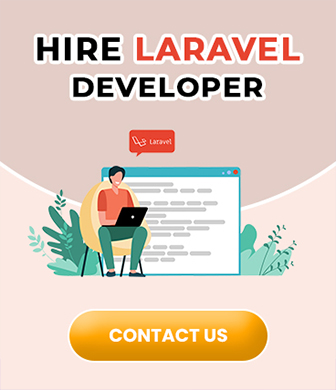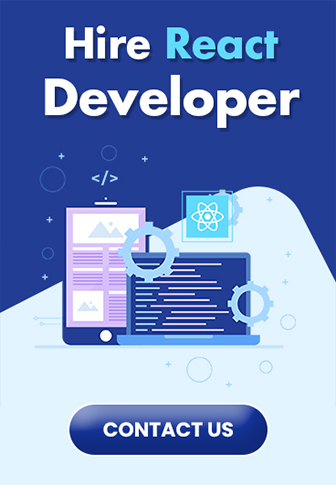In the dynamic landscape of web development, selecting the right technology stack is pivotal for crafting efficient, scalable, and high-performing websites. As we venture into 2023-24, novel trends and innovations continue to redefine the field. Below, we’ve curated a comprehensive guide detailing the best technology stack options to consider, encompassing both frontend and backend technologies.
Table of Contents
Front-End Technologies
a. HTML and Bootstrap
- HTML (Hypertext Markup Language): The cornerstone of web development, HTML structures content, defining the framework of your website’s components.
- Bootstrap: Bootstrap’s responsive CSS framework simplifies UI development. Pre-designed components expedite styling, ensuring a visually appealing and responsive design.
b. React.js
- React.js: A dominant choice for front-end development, React.js employs a declarative approach for creating reusable UI components. It’s backed by a vibrant ecosystem, including tools like Redux for state management.
c. Vue.js
- Vue.js: Known for its simplicity and adaptability, Vue.js offers a gentle learning curve. It’s backed by Vuex for state management and Vue Router for routing.
d. Svelte
- Svelte: A unique compile-time framework, Svelte streamlines the creation of efficient and performant applications. It reduces boilerplate code and optimizes JavaScript at build time.
Back-End Technologies
a. Laravel (PHP)
- Laravel: A PHP-based framework renowned for its elegant syntax and feature-rich ecosystem. Laravel streamlines backend development, aiding in tasks like routing, authentication, and database management.
b. Node.js
- Node.js: An asynchronous event-driven runtime, Node.js excels in real-time applications. It pairs seamlessly with frameworks like Express.js for creating robust APIs.
c. Python (Django/Flask)
- Django: A high-level Python framework, Django’s “batteries-included” approach simplifies rapid development. It offers security features and an admin interface out of the box.
- Flask: A lightweight alternative, Flask emphasizes modularity, making it suitable for smaller projects.
Database Management
a. PostgreSQL
- PostgreSQL: A robust relational database, PostgreSQL’s ACID compliance ensures data integrity. It accommodates complex queries and offers the JSONB data type for efficient JSON storage.
b. MongoDB
- MongoDB: As a leading NoSQL choice, MongoDB’s document-oriented structure excels in handling unstructured data. It empowers efficient querying with aggregation pipelines.
Cloud Services and Hosting
a. AWS (Amazon Web Services)
- AWS: Amazon Web Services presents an extensive suite of cloud services. Services like Elastic Beanstalk ease deployment, while Lambda offers serverless computing.
b. Google Cloud Platform
- GCP: Google Cloud Platform provides powerful cloud solutions, integrating seamlessly with Google’s offerings. Google App Engine and Kubernetes Engine are notable tools.
c. Microsoft Azure
- Azure: Microsoft’s Azure features seamless integration with Microsoft tools. Azure App Service and Azure Functions cater to web applications and serverless computing.
DevOps and Deployment
a. Docker and CI/CD
- Docker: Containerization simplifies deployment by encapsulating apps and dependencies. This pairs well with Continuous Integration/Continuous Deployment (CI/CD) pipelines, automating workflows.
Front-End Frameworks
a. Bootstrap and Tailwind CSS
- Bootstrap: Alongside HTML, Bootstrap streamlines responsive design with pre-built components and grids.
- Tailwind CSS: Tailwind’s utility-first approach offers efficient styling. JIT (Just-In-Time) compilation enhances performance.
Security and Performance
a. HTTPS and Content Delivery Networks (CDNs)
- HTTPS: An essential security measure, HTTPS encrypts data and boosts trust. Content Delivery Networks (CDNs) enhance performance by distributing content globally.
Accessibility and Trends
a. JAMstack and Serverless Computing
- JAMstack: JavaScript, APIs, and Markup architecture prioritizes performance and security.
- Serverless Computing: Serverless models (e.g., AWS Lambda, Azure Functions) simplify infrastructure management.
This comprehensive guide outlines the best technology stack options for web development in 2023-24. By carefully selecting technologies that align with your project’s goals and requirements, you’ll be well-equipped to create innovative, high-performing, and user-friendly web applications.




